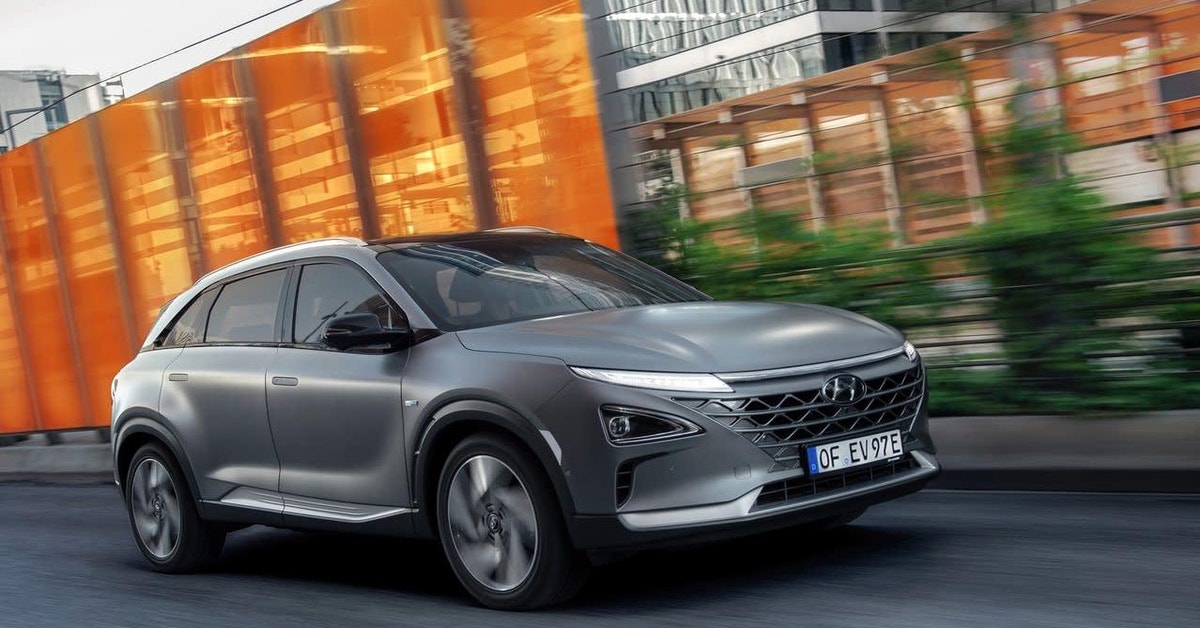
That equipment is part of the fueling station.Ī hydrogen fuel-cell vehicle's tank is sized in kilograms. It is then chilled to keep it from heating and expanding as it is pumped into the vehicle. The present standard is 10,000 pounds per square inch, which also is designated as 700 bars. To make it into fuel for fuel-cell vehicles, the hydrogen must be compressed. The hydrogen is then trucked to the stations and stored in large above-ground tanks. Most hydrogen for fuel, however, is made in large hydrogen processing plants, which are the same ones that serve the oil industry. The electricity for that process can come either from on-site solar panels or from the local electrical grid. Some hydrogen is made on-site at a few fueling stations that use electrolysis to split the hydrogen molecules from water. It's near the Torrance, California, headquarters of both American Honda and Toyota Motor Sales U.S.A. Some hydrogen fuel for fuel-cell cars is pulled directly from a pipeline serving one of those oil refineries. And most of what we make is used in refining oil or manufacturing ammonia for the fertilizer industry. We make plenty of hydrogen in the U.S, mostly by "reforming" natural gas to break down the molecules and split off their hydrogen atoms. It usually is bound to something else, like hydrogen in water or in natural gas.
#HYDROGEN CAR FREE#
It rarely exists as free hydrogen, however. Hydrogen is the most common element on the planet, so there are no worries about shortages. Once the fuel-cell stack does its magic, the vehicle is just like any other electric-drive vehicle on the road, running in near silence with loads of acceleration, thanks to the electric motor's hefty torque output. The excess, augmented by electricity from the vehicle's regenerative braking system, is stored in a small lithium-ion battery for use when the vehicle needs an extra burst of power. The stack acts much like a battery, releasing electricity in a constant flow to power the vehicle's electric motor and auxiliary electronics.įuel-cell stacks typically are sized to produce just slightly more power than the vehicle can use under normal acceleration and cruising conditions. One fuel cell doesn't produce all that many electrons, so automakers bind scores of the flat, rectangular cells together into a fuel-cell stack to get enough juice to power a car or truck. The water helps cool down the stack (all those excited molecules make a lot of heat) before it then dribbles out of the vehicle's tailpipe as a combination of steam and distilled water.

They meet in a ratio of two atoms of hydrogen to one of oxygen.

The process strips the electrons from the hydrogen, freeing them to do their thing - which is to be the electricity that flows through the electric motor to power the car.Īfter their job is done, the electrons return to the fuel cell, where they are reunited with the parent hydrogen in the presence of oxygen pulled in from the ambient air. In it, hydrogen gas drawn from an onboard pressurized tank reacts with a catalyst, typically made of platinum.


The fuel cell is the system's power plant. "Hydrogen fuel-cell vehicle" sounds pretty exotic, but in reality it's just an electric car that replaces the bulky, heavy and expensive grid-charged battery pack with a relatively small, lightweight and expensive electrochemical system that produces electricity onboard.


 0 kommentar(er)
0 kommentar(er)
